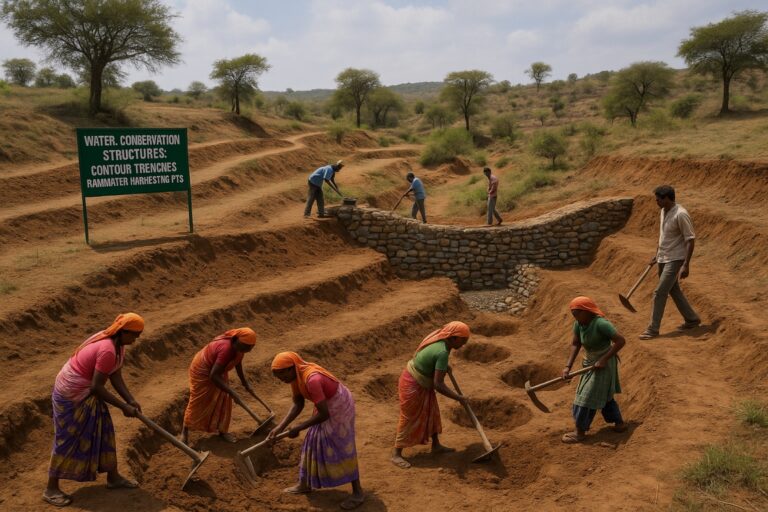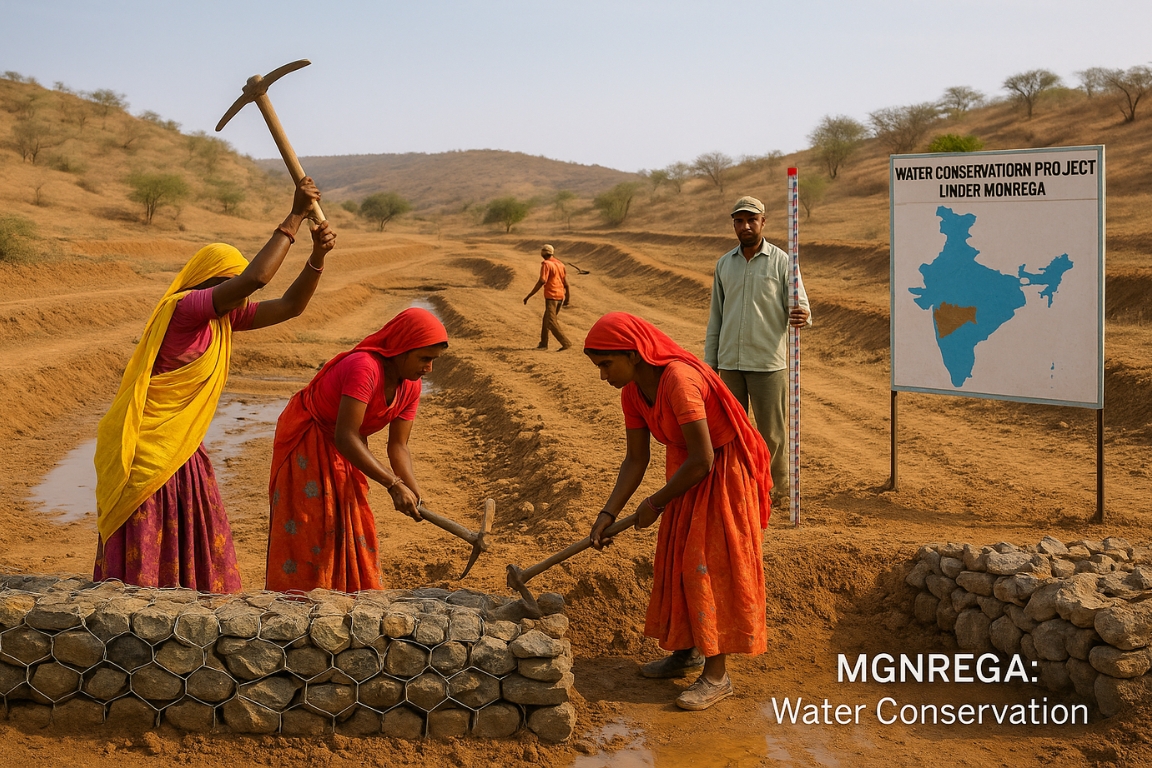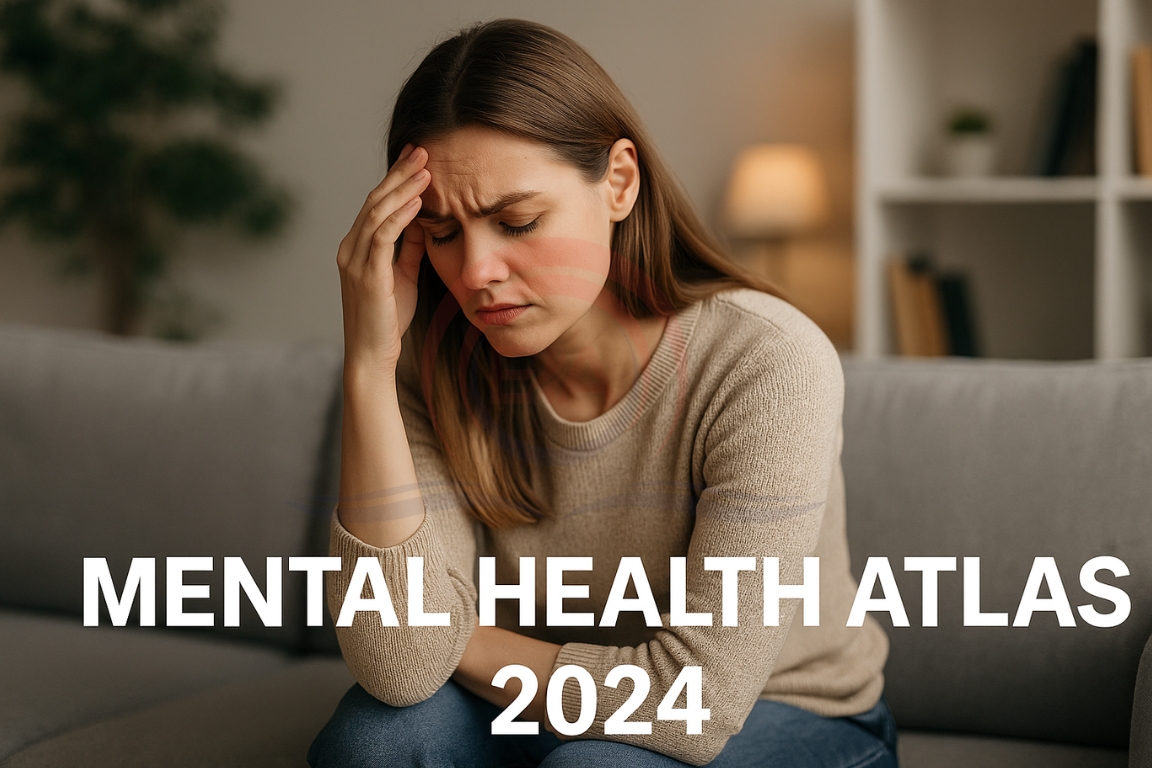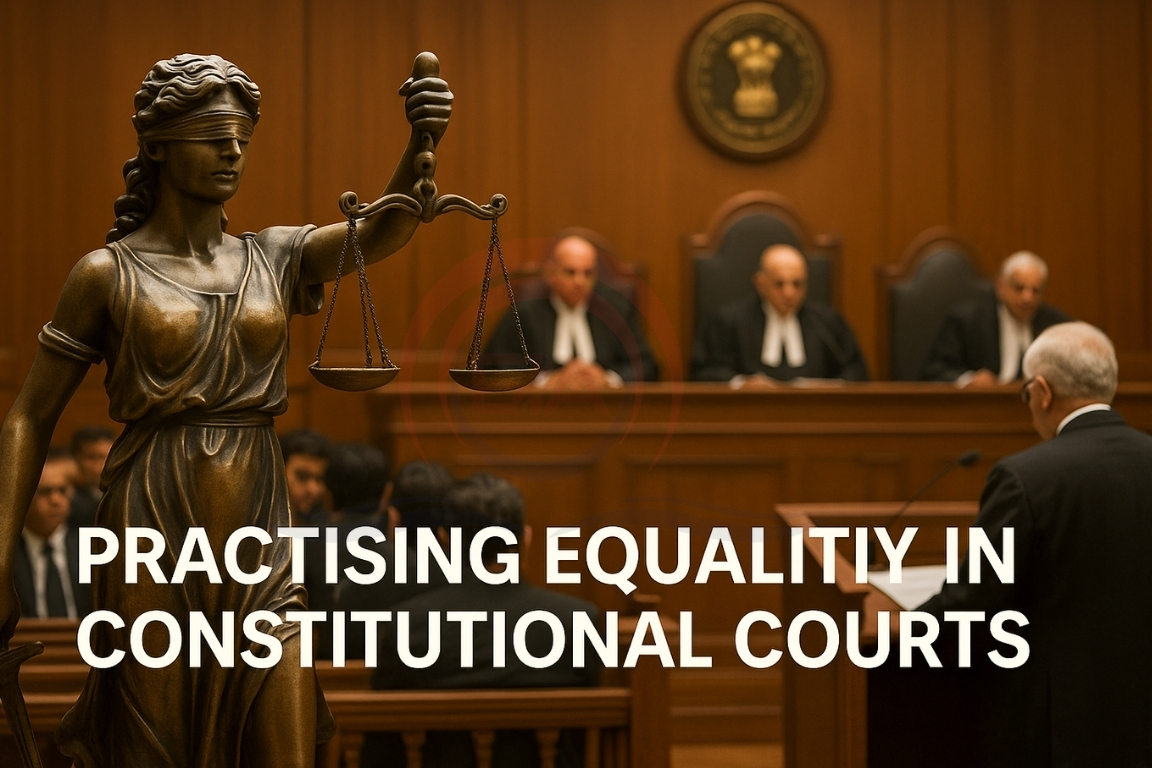The Central Government has amended the Mahatma Gandhi National Rural Employment Guarantee Act (2005) to allocate a minimum share of MGNREGA funds for water conservation and harvesting projects.
Key Amendments under MGNREGA (2005)
- Objective: Prioritise preventive water management over reactive drought relief; focus on sustainable groundwater conservation.
- Provision Amended: Paragraph 4(2), Schedule I of the MGNREGA Act.
- Fund Allocation Based on Groundwater Status (CGWB Classification):
- Over-exploited / Critical (Dark Zones): 65% of funds for water works.
- Semi-critical Blocks: 40% allocation.
- Safe / Non-critical Areas: 30% allocation.
- Responsibility: District Programme Coordinators and Programme Officers must ensure compliance with the amended mandate.
- Earlier Provision: Gram Panchayats could prioritise works; 60% of funds were to be used for agriculture and allied activities, including water-related projects.

About MGNREGA
- Overview: A rights-based, centrally sponsored scheme launched in 2005 to provide legal entitlement to rural employment.
- Origins:
- Pilot in Maharashtra (MEGS) in 1965.
- National proposal in 1991 under PM P. V. Narasimha Rao; enacted in 2005.
- Employment Guarantee: 100 days of wage employment annually for rural adults willing to perform unskilled manual work.
- Legal Obligation: Government must provide work or pay compensation for non-compliance.
- Development Goals: Enhances livelihood security, promotes inclusive growth, and strengthens rural development.
Key Features of MGNREGA
- Statutory Right: Legal entitlement, not a welfare scheme.
- Eligibility & Access: All rural adults (18+) can apply; work to be offered within 15 days.
- Proximity & Wages: Work within 5 km; minimum wages with compensation for delays.
- Unemployment Allowance: Provided if employment is not given on time.
- Demand-Driven Approach: Government responds to worker-initiated requests.
- Transparency: Social audits and online monitoring ensure accountability.
- Local Implementation: Led by Gram Panchayats with block, state, and central support.
- Women’s Inclusion: At least one-third of beneficiaries are women.
- Sustainable Assets: Focus on durable rural infrastructure like ponds, roads, canals, plantations, and water harvesting structures.





